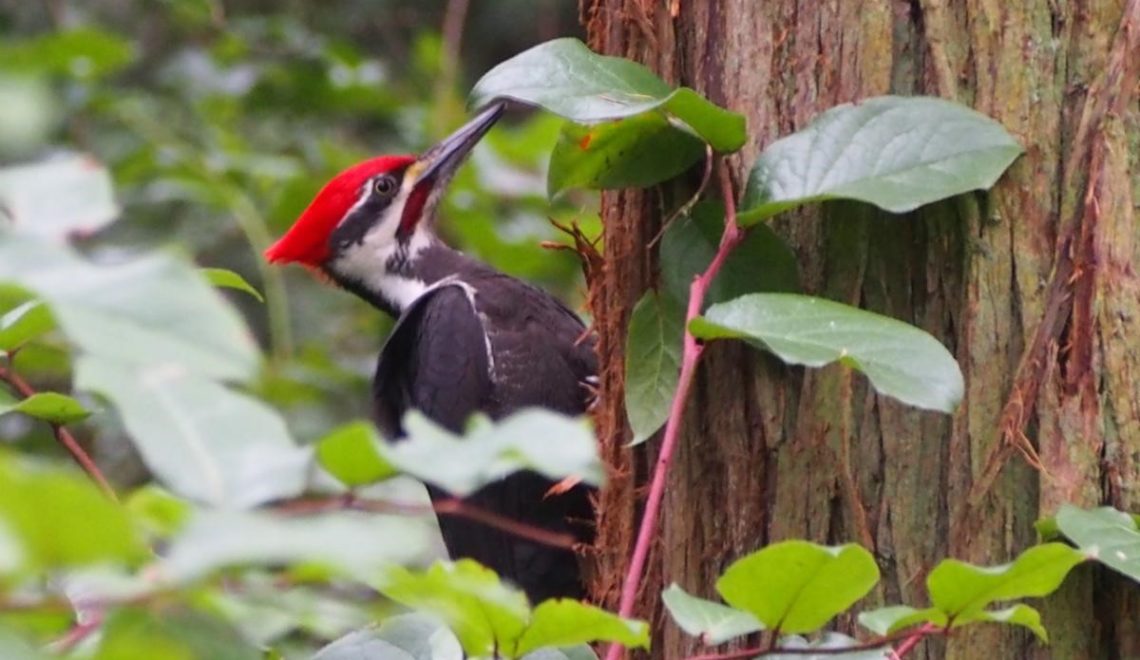
Ecosystem Engineers
| It’s a hard-knock life for a woodpecker.
A woodpecker can peck as frequently as twenty times per second, at one thousand times the force of gravity, thousands of times a day. If a human hit their head with the same force even once, we would either die upon impact, or suffer from traumatic brain injury. How do they do it?? Woodpeckers are one of the finest examples of adaptive evolution in the natural world. Every aspect of their anatomy reflects their lifestyle. From their feet and tails, to their nostrils and neckbones, they have all the tools they need to carry out the behavior that gives them their name. Woodpeckers rely on drilling trees to find food, communicate, and build homes. Every year they excavate a new nest, leaving vacant homes ready to be occupied by one of fifty-four other species that require woodpecker cavities to raise young in. Brilliantly adapted to live the hard-knock life, and engineer the forest to provide homes for other critters. If you would like to learn more about woodpeckers fascinating adaptations and roles in the ecosystem, join us tomorrow for our next virtual learning program! Virtual Learning: Woodpeckers Photo Credit: Wendy Feltham |

